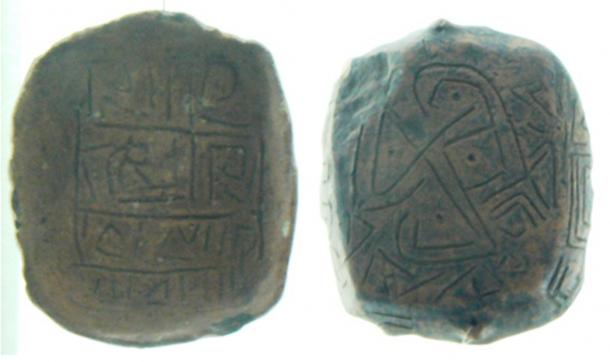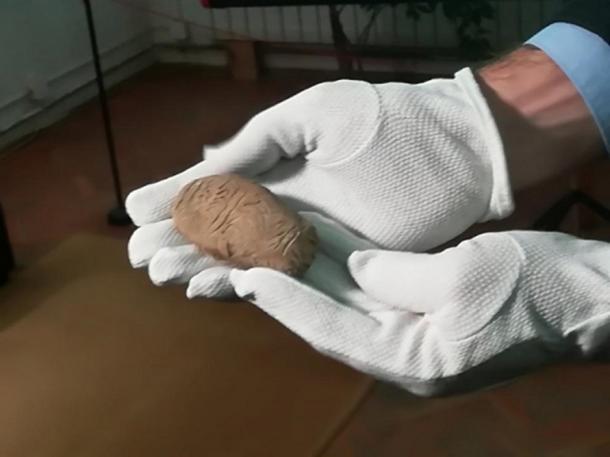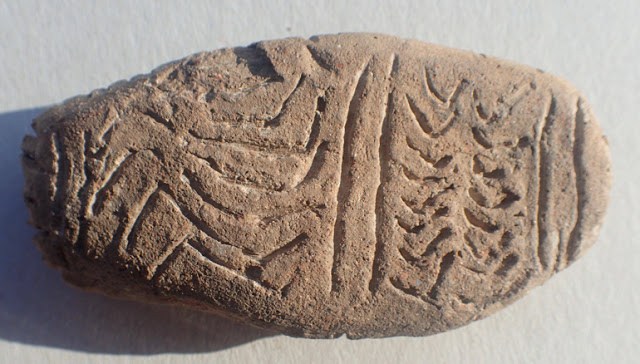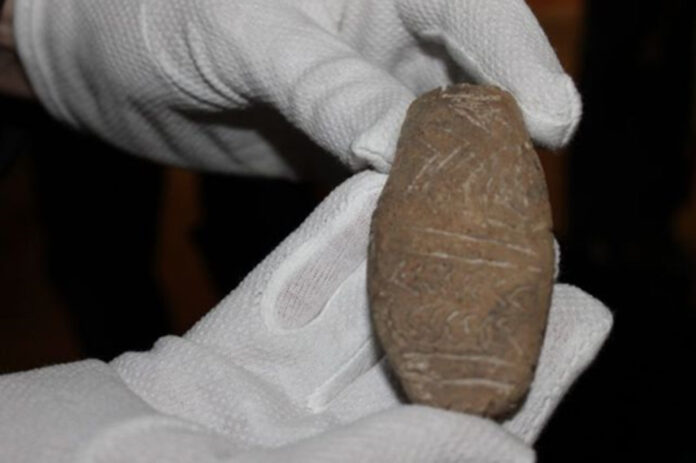An intriguing archaeological discovery has captivated the attention of researchers—a minuscule ceramic slab adorned with enigmatic “written signs” dating back to approximately 6000 BC. Unearthed near the town of Nova Zagora in Southeast Bulgaria, this symbol-studded stone has sparked speculation that it might hold the key to deciphering the earliest known form of writing. However, as we delve into the details surrounding this ancient artifact, the question arises: does it genuinely represent the oldest form of writing ever discovered, or could it be something else entirely?
The Enigmatic Ceramic Slab
This enigmatic ceramic slab, estimated to be nearly 8,000 years old, was among a collection of 36 Neolithic artifacts discovered on a river bank at a prehistoric settlement near Nova Zagora. The revelation of this archaeological find took place on February 14, 2018, coinciding with “Archaeologists’ Day” in Bulgaria.

The researchers from ArcheologyinBulgaria.com hypothesize that the inscriptions on the slab might hold ritual calendar information related to the agricultural cycles of life, suggesting that these artifacts were of great significance to the Neolithic people who safeguarded them in their homes.
Remarkably, the inscriptions are found on both sides of the wet ceramic slab, engraved with precision using a sharp implement. Archaeologists have noted that this form of writing appears to be a more sophisticated means of communication compared to pictographs. Nevertheless, efforts to decipher the inscription are yet to be undertaken.

Decoding the Oldest Writing
The challenge faced by archaeologists lies in determining when a primitive symbol or doodle can be classified as writing. The ArcheologyinBulgaria.com article claims that the marks on the slab are “written signs” and perhaps the world’s oldest form of writing, known as pre-alphabetic writing.

However, this poses a paradox, as it raises the question of whether other ancient engravings, such as the zigzag patterns found on a clam shell dating back half a million years in Indonesia, or the zigzag design on an 18,000-year-old mammoth bone bracelet, could also be considered early forms of writing. The Bulgarian specialists supporting their claim propose that the zigzag symbols on the ceramic slab represent the agricultural cycles of life and a ritual calendar.
However, the absence of distinct groupings of 12 or 13 marks, typically associated with solar and lunar months, necessitates considering alternative explanations. Furthermore, the proximity of the slab to 36 fishing tools, including decorations, loom weights, fishing net weights, and ceramic figurines, suggests a potential connection to a Neolithic fishing kit.

While the allure of discovering the world’s oldest writing tantalizes archaeologists, they must cautiously balance their optimism with alternative interpretations. The 8,000-year-old ceramic slab, now housed in the collection of the Sliven Regional Museum of History, will be presented in a permanent exhibition. Time will ultimately reveal whether this ancient artifact represents a groundbreaking milestone in the evolution of writing or an integral part of Neolithic fishing practices.
As we await further investigations and scholarly analyses, the possibility that this intriguing slab holds the enigma of “possibly the world’s oldest writing” continues to fascinate both researchers and enthusiasts alike.
